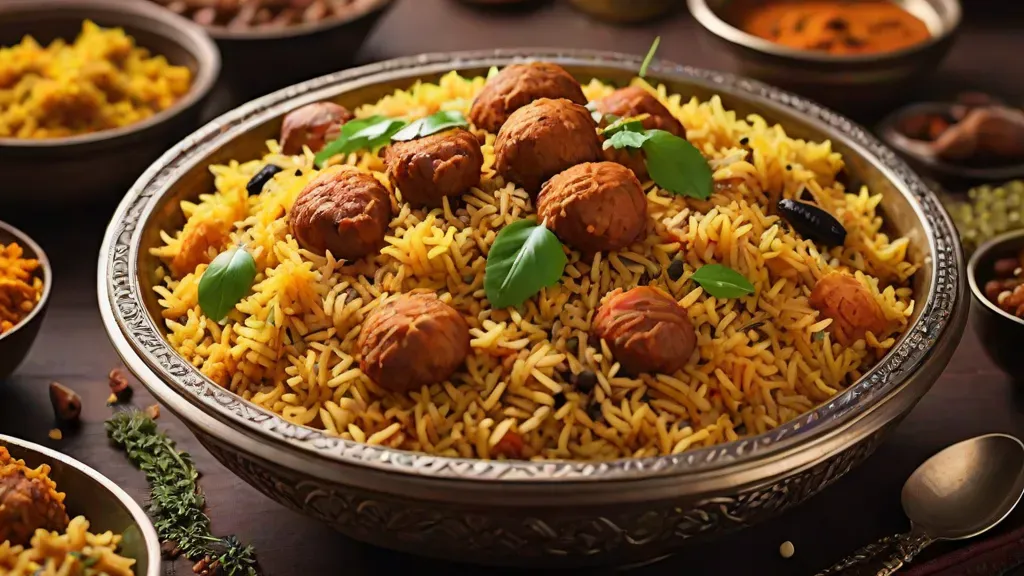sonakshisinha.net – Biryani is more than just a dish; it’s a celebration of flavors and a testament to the rich culinary heritage of South Asia. This aromatic, spicy, and flavorful rice dish has won hearts worldwide and continues to be a favorite at festive occasions and family gatherings. Let’s dive into the fascinating world of Biryani, exploring its origins, variations, and the secrets behind its irresistible taste.
A Rich History and Origins
Biryani’s origins are as diverse as its flavors. It’s believed to have been brought to the Indian subcontinent by Persian travelers and merchants. The word “Biryani” is derived from the Persian word “birian,” which means “fried before cooking.” Over time, the dish evolved and was embraced by various cultures, each adding its own unique twist.
Variations Across Regions
One of the most captivating aspects of Biryani is its regional variations. Each region has its own version, with distinct ingredients and cooking techniques:
- Hyderabadi Biryani: Known for its spicy and tangy flavors, this version is a blend of Mughlai and Telugu cuisines. It’s often cooked using the “Dum” method, where the rice and meat are layered and sealed to cook slowly.
- Lucknowi (Awadhi) Biryani: This version is more subtle in flavor, with a focus on fragrance and aroma. It uses a lot of saffron and is cooked in the “Pukka” style, where the meat and rice are cooked separately and then layered.
- Kolkata Biryani: Influenced by the Awadhi style, Kolkata Biryani is known for its use of potatoes and eggs, alongside meat. It’s mildly spiced and less oily compared to other variations.
- Sindhi Biryani: Popular in Pakistan, this version is known for its spicy and tangy flavor, achieved by using yogurt, tomatoes, and lemon juice.
Key Ingredients and Preparation
While Biryani recipes can vary widely, some key ingredients are common across most versions:
- Basmati Rice: The long, fragrant grains of Basmati rice are the foundation of a good Biryani.
- Meat: Chicken, mutton, beef, or fish are commonly used, but there are also vegetarian versions.
- Spices: A mix of spices like saffron, cardamom, cloves, and bay leaves give Biryani its signature flavor.
- Yogurt and Ghee: These ingredients add richness and depth to the dish.
The preparation of Biryani involves meticulous layering of rice and meat, often followed by the “Dum” cooking method, where the dish is cooked on low heat, allowing the flavors to meld beautifully together.
The Global Appeal of Biryani
Biryani’s popularity has transcended borders, making it a beloved dish in many parts of the world. Its adaptability allows it to be customized to suit local tastes, while still retaining its core essence. Whether enjoyed in a fine dining restaurant or a street-side eatery, Biryani continues to enchant food lovers with its complex flavors and aromatic appeal.
In conclusion, Biryani is not just a dish; it’s an experience that brings people together, celebrating cultural diversity and culinary artistry. Its rich history, regional variations, and delectable taste make it a timeless favorite that will continue to be cherished for generations to come.
